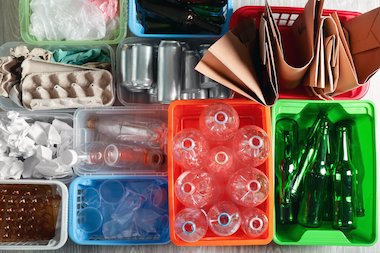Materials: topic summary
Add to My Folder
Our handy topic summaries can be used to support homework, as well as providing helpful collections of related resources for teachers to use in school or for parents to use for home learning.

The home is one of the best places to find a range of everyday materials like wood, metal, plastic, glass and fabric. Materials should be grouped and/or compared depending on their physical properties. Are they hard or soft, rough or smooth, shiny or dull etc.? Look at the ways in which materials are used. Metal is used for forks, tin cans and car bodies, for example, but sometimes different materials can be used for the same thing e.g. a spoon could be made from metal, plastic or wood. John Dunlop (rubber tyres), Charles Macintosh (raincoats) and John McAdam (road surfaces) were inventors in the past who developed new and useful materials we use today.
Matter exists in one of three states, solid, liquid or gas. Water has the ability to exist in all three states although not at the same time. We usually see it in liquid form but it can become a gas (steam) or a solid (ice). Evaporation occurs when a liquid changes to a gas, condensation happens when a gas turns into a liquid, freezing turns a liquid into a solid and melting or thawing reverses this process. Some materials can dissolve, like sugar in hot water, but this process cannot easily be reversed. However melting some chocolate and then placing it in the fridge to harden again is a reversible process. Some changes can produce a new material like when an egg (largely liquid) is cracked and fried or boiled (largely solid). Materials can also be separated from each other by using filtering or sieving.
Published 30 July 2020
Reviews
You need to be signed in to place a review.